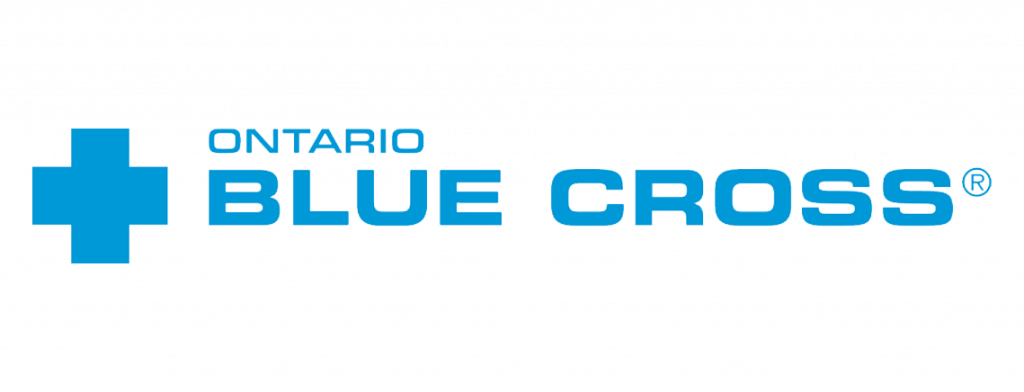Hi, my name is Henry, and I’m a registered physiotherapist at Atlas Physiotherapy. I am also the co-founder of this clinic!
I have experience working with athletes, both addressing sports injuries and helping with preventative care.
I’m also an avid volleyball player, and people always ask me how to prevent injuries in volleyball.
Volleyball is a fun and energetic sport that demands agility, strength, and precision. It’s also a sport that pushes the body to its limits, which makes players susceptible to injuries.
So if you love playing volleyball as much as I do, I know you want to find ways to enjoy the sport without injury or pain. That’s why I put together this list of physiotherapy tips for volleyball players.
Let’s get started!
What Kind of Injuries Happen in Volleyball?
Before we get into those tips, however, let’s talk about what can happen if you get injured while playing volleyball.
These are the most common injuries for volleyball players:
- Thumb Injuries: The constant ball contact and quick movements can put a lot of pressure on the thumb, leading to sprains or strains.
- Elbow Injuries: The repetitive nature of serving and spiking can put stress on the elbow, causing a condition known as “tennis elbow.”
- Rotator Cuff Strain: Overhead motions can strain the rotator cuff, causing discomfort and limiting range of motion.
- Ankle Injuries: Jumping and sudden directional changes can contribute to ankle sprains, a common injury in volleyball.
So as you can see, not all injuries involve falling or other impacts. Simply playing the game can lead to overuse injury. But don’t worry! There are ways you can prevent volleyball injuries from happening.
How to Prevent Injuries in Volleyball
Injury prevention is key if you don’t want your love of the sport to lead to pain and discomfort. Here are my physiotherapy tips:
1. Warm-Up Properly
Before any practice or game, make sure you’re warming up your body. Focus on dynamic stretches that engage major muscle groups to enhance blood flow, flexibility, and prepare your body for the intensity of the game.
2. Strengthen Your Muscles and Improve Your Balance
A strong core is the foundation for stability and balance. Strengthening these muscles will give you essential support to prevent injuries, especially to the spine, lower back, and ankles.
3. Focus on Technique
Pay attention to your movements and make sure your serving, spiking, and defensive techniques are sound. Using the right technique can reduce stress on vulnerable joints and muscles.
4. Rest and Recovery
Don’t underestimate the importance of rest! A tired body increases the risk of injury. Give your body time to recover between games.
5. Listen to Your Body
Don’t ignore any discomfort or pain. If you notice any persistent pain or changes in your range of motion, talk to a sports physiotherapist right away. Early intervention can prevent minor issues from becoming bigger problems.
Contact Atlas Physiotherapy for Your Sports Physio Needs
Taking a proactive approach to common volleyball injuries is key if you want to continue enjoying the sport!
If you’re looking for more advice and guidance, feel free to reach out to me at Atlas Physiotherapy.
I can help you with tailored strategies to enhance your performance and keep you on the court, enjoying the game you love.


















